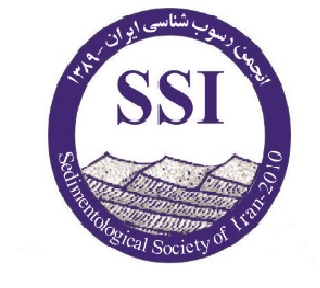Identification of Takab geothermal system reservoir by using gravity method
Subject Areas :Mohammad Mohammadzadeh Moghaddam 1 , Javad Nouraliee 2 , Soheil Porkhial 3 , لیلا ابراهیمی 4 , Saba Moradalivand 5
1 -
2 -
3 -
4 -
5 -
Keywords: Gravity Geothermal Takab Gravity derivatives 3D inversion Reservoir ,
Abstract :
The presence of hot springs, travertine outcrops, hydrothermal altered area and active tectonic in the north-east of Takab city in the West Azarbayjan province indicate that there is a geothermal system in the area. In order to characterize the geological structures associated to the geothermal system in the region, a gravity survey was carried out in 140 stations which covered an area about 600 km2. Necessary modifications such as Bouguer, topography and free air were applied over data to obtain complete Bouguer anomaly field. Then, residual gravity anomaly field was calculated by subtracting the regional gravity field from complete Bouguer field. The regional gravity field was calculated by fitting a three-order polynomials surface over the complete Bouguer field. The calculated residual gravity map shows two negative anomaly zones (A1 and A2) in the study area. In geothermal exploration, negative gravity anomalies are considered as probable reservoir of geothermal systems. The horizontal and vertical derivative maps show complicated fracture zones in the study area. To obtain more information, the depth estimation carried out using Euler method. Estimated depth for the top of negative anomaly source in zone 1 is between 1000 and 2000 m. Finally, 3D inversion of the data was performed using Li and Oldenburg algorithm to show an image of the reservoir in the depth. The results of 3D inversion show a significant negative density contrast that occurred only in zone 1. Therefore, the reservoir of the Takab geothermal system is located in the depths between 3000 and 5000 m in A1 anomaly zone.
